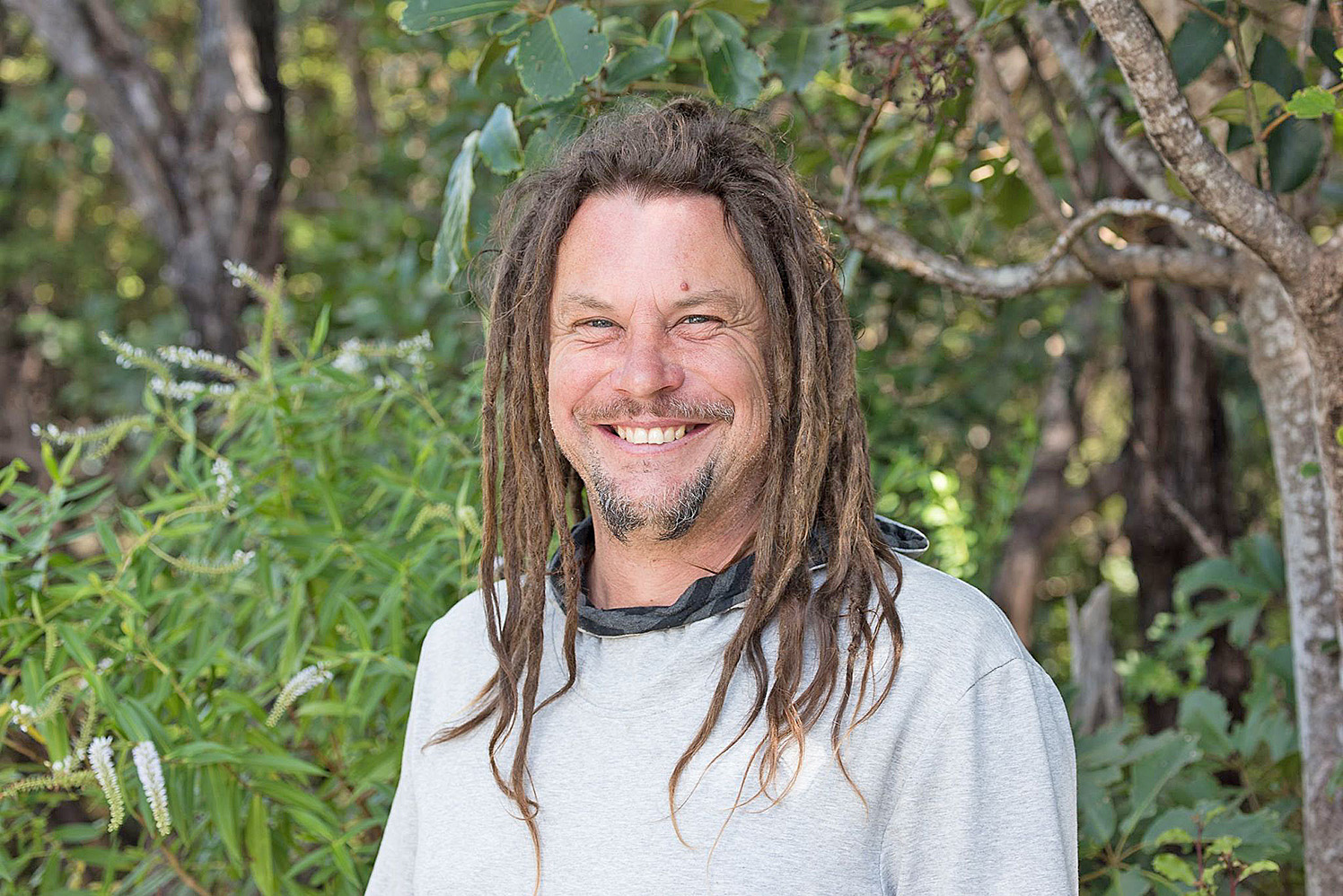Pest control action targets many problems

News Editor
Dean Baigent-Mercer, Forest & Bird native forest advocate
What seems like a good idea to some people in one century can end up being a nightmare of unexpected consequences in the centuries that follow.
Since humans arrived on the islands of Aotearoa, vast areas of native forests were destroyed by fire and by logging, or both.
As our native forests went up in smoke 3.4 billion tonnes of carbon dioxide was released into the atmosphere, according to a Ministry for the Environment report.
That put the country in extreme carbon debt before we were born.
In the 1800s settler groups called acclimatisation societies saw the remaining native forests as an ‘empty Eden’ that they needed to fill. They started with bringing possums here to release, then moved on to hedgehogs, sparrows, foxes, stoats, weasels, mynas, trout, several species of deer and more.
Possums and deer have been in most of the surviving North Island native forests for over a century.
In the 1920s, possums were already having such an impact on fruit trees and food production that their release into new regions was banned.
It wasn’t until after World War II that we understood possums were the cause of the widespread collapse of ancient forest treetops – and in the 1990s we learned possums killed and ate the eggs and chicks of native birds.
Deer, set free, multiplied into plague proportions, scoffing seedlings that should form the future forests, even eating up leaf litter and chewing the bark off trees, killing them. From the forest’s perspective, deer (as well as goats, pigs, and wallabies) are just possums that can’t climb trees.
As trees die, they fall and rot away, releasing the carbon they had locked in. The native forests we assumed to be great carbon sinks become carbon emitters. It becomes worse in drought years when trees already fighting to stay alive from being eaten can die en masse because of the extra stress of lack of water.
The forest is being eaten top-down by possums and bottom-up by deer, pigs, goats and wallabies. The elimination of plant species by these animals over time also strips out the food calendar for our native birds, leaving them with hunger gaps.
Those of us who live downstream from native forests unknowingly rely on them to protect our homes, towns, and businesses. When heavy rain falls, it is the many layers of a forest (canopy, small trees, tree ferns, shrubs, mosses, leaf litter) that all absorb the impact of the heavy rain and slow the speed of that water rushing downstream.
We need to halt the cycle of introduced pests attacking native forests, trees dying and emitting carbon, which fuels more extreme climate weather events. These then destroy more forest in droughts and cyclones and floods, killing more trees, feeding climate instability, and reducing the ability of native forests to protect us from floods.
This is a dangerous cycle we need to severely blunt with coordinated pest control aiming for the lowest possible numbers of these target animals across all landholdings, public and private.
The forests of the Bay of Plenty headwaters are facing this ongoing threat right now. And it is the action that people take now in the Kaimai-Mamaku and Raukūmara Ranges that will make all the difference. We are seeing some valiant efforts, but the momentum and work needs to be funded and escalated.
We need this for the standing ancient native forests, for the regenerating forests that were viciously logged, and also for the newly planted ones. There is a visionary proposal called ‘Recloaking Papatūānuku’, which aims for two million hectares to be replanted in new native forest. It has momentum and support across the country.
The capacity of native forests to recover is incredible when pests are removed. But it takes commitment to see the big picture, puts the forest first, and coordinate action. By committing to take action – to protect and restore our forests – we can make great gains during our lifetimes for native biodiversity, the climate we share, and our existence downstream.